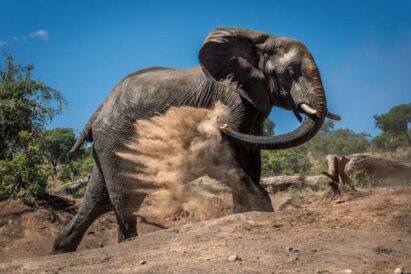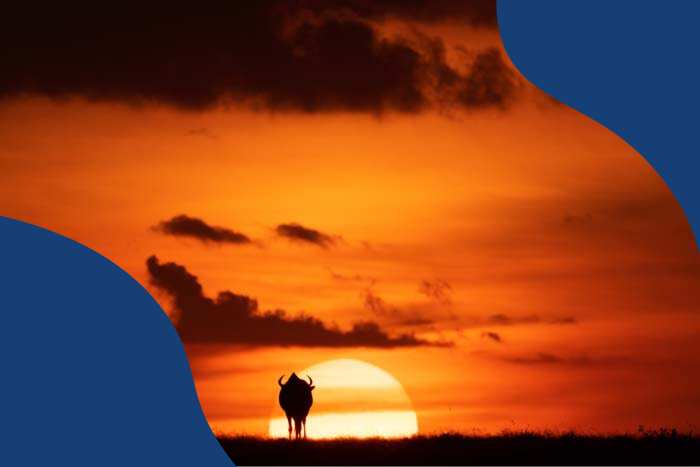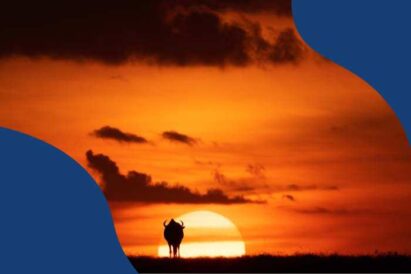I’m a wildlife photographer, and one of the best sightings I ever had happened during the middle of the day in bright sunshine. On a game drive in the Serengeti National Park, I saw four male lions taking down a Cape buffalo!
The only problem was that the sunlight was so harsh. So there were lots of deep shadows in all the wrong places.
This sums up the problem of shooting at the “wrong” time of day. Yes, you might only want to take pictures in golden hour light. But should you risk missing out on the experience of a lifetime by staying at home?
Here’s a quick guide to making the most of the best times of the day—and the worst weather!

When Is the Best Time to Take Pictures Outside?
How you schedule your shoots depends on several factors. These include the latitude, the time of year, the weather, and what kind of photos you want to take.
The “magic hours” are on either side of sunrise and sunset. Golden hour happens after sunrise and before sunset. The blue hour happens before sunrise and after sunset.
They’re popular times of day with photographers due to the strength of colors and the softer light. This is especially good for wildlife and landscape photography. But it also works for outdoor portraits with some fill light or a reflector.
Golden Hour
The golden hours at sunrise and sunset happen when the sun’s center is between six degrees above the horizon and four degrees below it. But you don’t need to get too technical about it.
It’s better to think of golden hour as the period just after dawn and just before sunset. It’s when the light from the sun is at its warmest and softest.
At midday, the sun’s rays travel only 10 miles through the Earth’s atmosphere. But at sunrise and sunset, this increases to 200 miles!
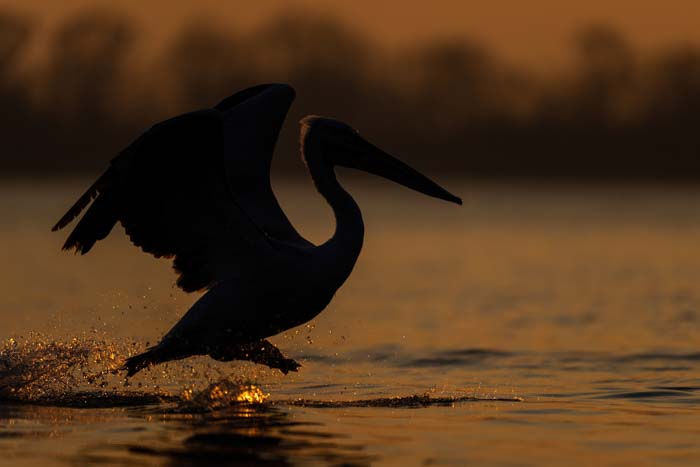
This causes the filtering out of blue light and “diffusion” (or scattering) of photons. And this leads to much warmer tones and softer shadows.
Golden hour is great for landscape and wildlife photography. But it might not suit other genres. It all depends on what type of pictures you’re trying to take.
The color cast might not be very flattering for portraits. And light levels might be too low to capture fast action with a high shutter speed.
Blue Hour
The blue hour is the hour or so just before dawn and just after sunset when the spectrum of light shifts towards cooler blue tones. It’s actually made up of three different “twilights.”
Each lasts longer as you move from the equator to the Arctic or Antarctic Circle. Beyond these, the sun never rises in winter and never sets in summer!
Civil twilight is when the sun is 0 to 6 degrees below the horizon. It possibly gets its name when gentlemen were “civil” to ladies and tipped their hats to them while strolling around!
Nautical twilight is when the sun is 6 to 12 degrees below the horizon. It gets its name because the horizon is visible. That means sailors can take reliable astronomical readings using well-known stars.
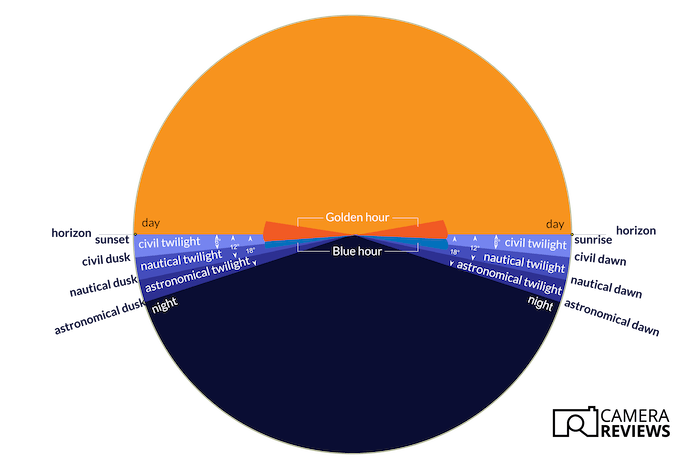
Astronomical twilight is when the sun’s center is between 12 and 18 degrees below the horizon. It’s called this because you can see stars with the naked eye.
Most people don’t bother with all the different types of twilight. They just talk about “predawn” or “dawn” in the morning and “dusk” in the evening.
The important point is the change in the color of the light. This gives a very different “look and feel” than golden hour. The blue colorcast can result in a more lonely or melancholy mood. But it depends on the photo.
This is also the best time to shoot traffic trails using a tripod and a long exposure. The sky is usually a deep blue, which looks better than pure black.

Midday Sun
Photographers try to avoid midday light on a sunny day. It’s generally colorless, direct, and extremely harsh. (Unless you’re in the shade, of course).
People usually prefer warm tones. So you’re often better off shooting in golden-hour light. The midday sun also creates dark shadows, which can be unsightly in portrait or wildlife photography.
Finally, the steep angle of the light means side-lighting is impossible. Plus, shadows appear under people’s noses and chins. And that’s not very flattering!
Late Afternoon
After around 14:00 (2:00 p.m.) on a sunny day, the light softens a bit. Waiting until 60 to 90 minutes before golden hour can be especially good for portrait photography.
There’s no problem with the proper color rendition of skin tones. And the light doesn’t change as quickly. So you don’t need to work as fast!
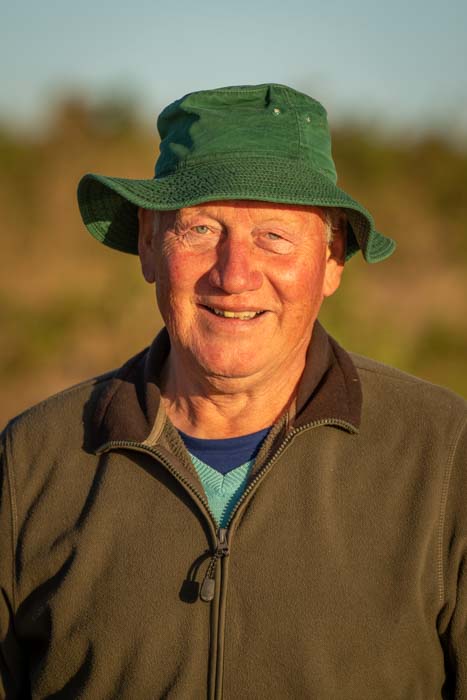
Nighttime
Of course, It’s hard to get by with only natural light at night. But there are still several reasons why you might want to take photos.
The first is the Northern Lights (Aurora Borealis) or the Southern Lights (Aurora Australis). These displays of light are phenomenally impressive. And I’ve been lucky to witness it a few times in Sweden and Canada.
The second is the stars themselves. Astrophotography is increasingly popular nowadays. But you need to know what you’re doing. (Check out our article on the best astrophotography cameras.)
The stars move slowly across the sky. So it’s important not to use a shutter speed longer than 15 minutes to avoid blurring.
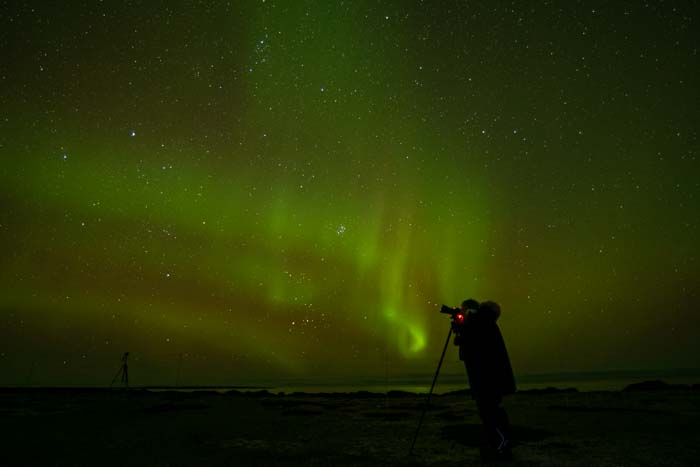
But you can always buy a tracking device and an intervalometer. These help you capture distant galaxies with long exposures of 5 or 10 minutes each.
The third is the moon. A full moon is relatively bright in the sky. So you don’t need a long exposure to photograph it. You just need a decent tripod and a long lens!
You can use an app like The Photographer’s Ephemeris. And you can even find out when the moon rises and sets and where it will be at certain times.
Finally, if there’s no natural light to work with, you can always use flash!
When the Weather Changes
I know the weather isn’t a “time of day.” But it can be a good reason to go out and take pictures. As I often say, “Bad weather makes good photos!”
All the pros and cons of certain times of day can go out the window if the weather intervenes. I once spent 10 days in Africa. And I saw no sunsets and only one sunrise. So golden-hour lighting was just impossible!
Just make sure you take enough rainproof gear for yourself and your cameras!
Cloudy Moments of the Day
Clouds can help wildlife and landscape photographers. They make the sky more dramatic. And they create the potential for wide-angle panoramas, especially in black and white.
Overcast weather can also act as a giant softbox. It eliminates all the harsh light from the sun and all the shadows that come with it.

This means you no longer have to worry about your subject’s angle to the sun. So you have far more flexibility in your positioning. This is especially good for wildlife and portrait photography. And finally, they make a great sunset!
The only downside is that there are certain shots you can’t take. The light is so “omnidirectional.” So creating dramatic, side-lit compositions based on light and shade is impossible.
Rainy Times of the Day
Rain adds a great “twist” to portraits of animals or people. If you slow down your shutter speed and dial in a narrow aperture, you can turn all the raindrops into white or grey streaks.
You can also photograph your subjects with raindrops clinging to eyelashes, hair, and any other parts of their anatomy you can think of!
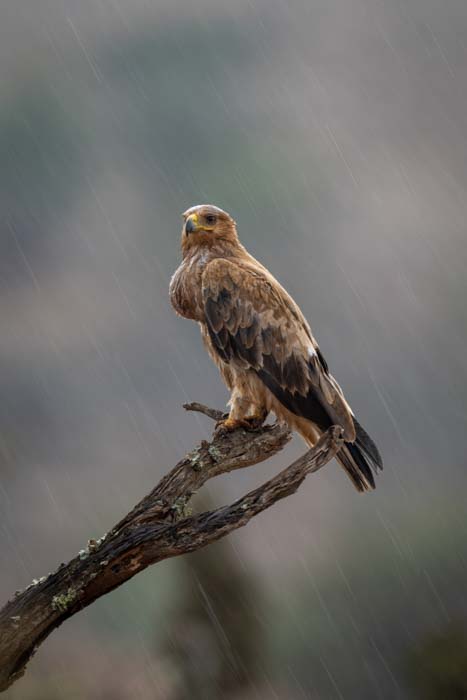
When There’s Snow
Snow provides a great backdrop, whether on the ground or in the air. It works well for black-and-white wildlife shots.
I’ve seen several Yellowstone buffalos up to their knees in snowdrifts. They were staring at the camera as a blizzard raged all around them! Again, you just have to play around with your shutter speed to make the snow stand out.
One trick you can use is to shoot over a bank of snow. This turns the foreground into a blur. And your subject will appear magically out of nowhere!
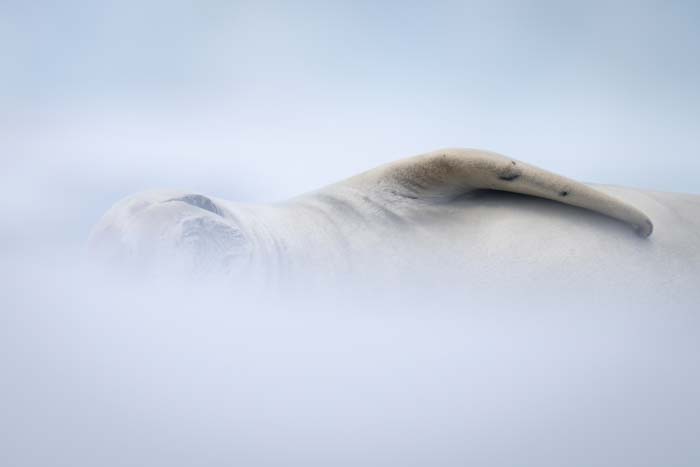
Verdict
Too often, you don’t have a choice about when to take pictures. There might be an event you have to cover with a set start time. Or you might have to book a group tour that’s not flexible enough to let you wander off when you like.
But if you’re free to choose when to take pictures, you have several options at all times of the day. Many photographers prefer the warm tones and soft light of golden hour. But it all depends on what kind of pictures you want.
There are opportunities at all times of day and in all weather. Do you think golden hour or blue hour is the best time to take pictures outside?
But what do you do when there’s a blanket of clouds overhead outside? Do you stay in bed? Or do you think of a different plan? I leave the choice up to you! The best time to take pictures outside today is yet to be discovered.
Best Time to Take Pictures Outside FAQs
We answer the most frequently asked questions to shed more light on this topic!
What Time Is the Best Sunlight for Pictures?
Traditionally, golden hour is the best time of day to take landscape and wildlife photos. The warm, soft light creates nice shadows. But portrait photographers might prefer the hour or 90 minutes before golden hour starts in the afternoon.
The light doesn’t change so quickly. And you don’t have to worry about skin tones coming out too reddish.
Is Morning Light Good for Photos?
The blue hour just before the sun rises is the best time to take pictures outside in the morning. But most photographers try to avoid the period from around 10:00 to 14:00 (10:00 a.m. to 2:00 p.m.).
The sunlight at this later time is colorless, harsh, and direct so it’s one of the worst times to take pictures outside. It also arrives almost vertically. This means there are unsightly shadows under noses and chins if you take portraits in direct sunlight.
Is it Better to Take Pictures in the Morning or at Night?
Morning light has the advantage of being warm and plentiful. The magic hours can give you some beautiful colors if you’re a landscape or wildlife photographer. You can also put the rising sun in your shots to add to the composition.
Nighttime photography is possible during the blue hour after sunset. But when the skies are pure black, all you can really do is take pictures of the stars… or use a flashgun!

Is 10:00 a.m. a Good Time to Take Pictures?
The question is, “Compared to what?” In most parts of the world, you’ll miss out on sunrise and the magic hours on either side of it. And you’ll soon have to put up with harsh midday light.
If you start a shoot at 10:00 a.m., the light will generally get worse and worse. (Unless it’s an overcast or stormy day.)
Is 4:00 p.m. a Good Time for Photos?
This might be a good time to start shooting. It depends on the time of year and your location. You can shoot outdoor portraits if the golden hour is an hour or two away. If it is just about to start, it’s a great time for landscape or wildlife shots.
We hope you got some good tips for taking photos outside! You may be interested in our articles on the best camera for safaris or best timelapse cameras next!



